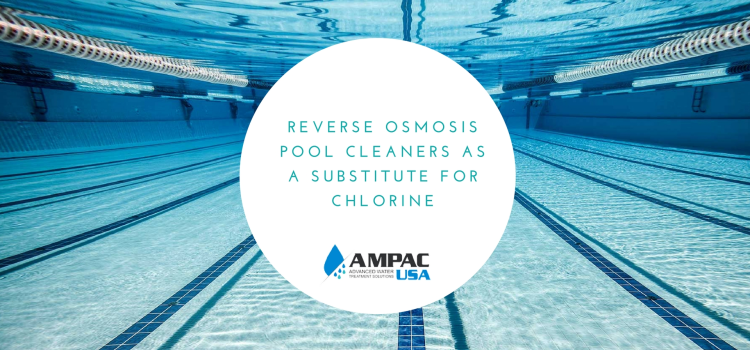Last updated on April 14th, 2025 at 12:15 pm
In the context of an increasing societal demand for transparency in parallel with rapidly increasing numbers and concentrations of substances found in drinking water, this paper investigates how different drinking water customers perceive their tap water quality, and possible risks involved. Empirically, the paper draws on results from a representative survey, a series of interviews and focus groups conducted in the Netherlands, applying both a traditional and modern segmentation approach based on four types of perspectives (“aware and committed”, “down to earth and confident”, “egalitarian and solidary”, and “quality and health concerned”). Although in general it was found that people’s trust in tap water is high, certain groups are more concerned about water quality and health effects than others. It was shown that transparency and the availability of more information about water treatment and quality would contribute to increasing customer trust. It was also observed that, at least in the Netherlands, people have a larger trust in drinking water companies than in other institutions. Therefore, instead of referring to standards made by other institutions, it is recommended that water companies themselves provide information on water quality and emphasize their treatment procedures.
The post Trust in Drinking Water Quality: Understanding the Role of Risk Perception and Transparency appeared first on Facts About Water.
Source: Water Feed









